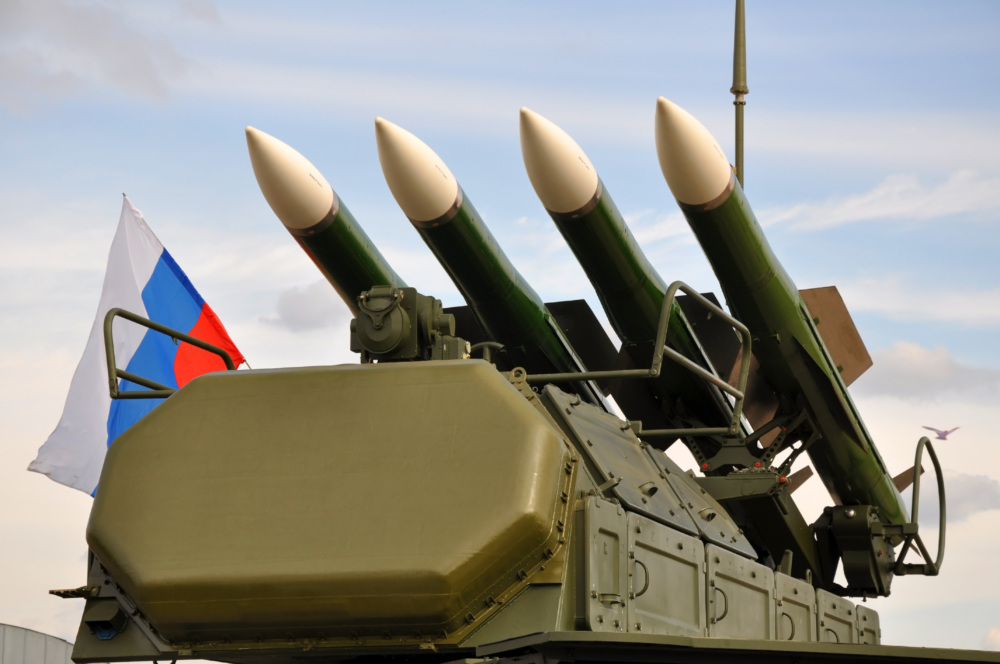
Hideo Asano
Intern, Global Nuclear Policy Program
Atomic Pulse
Amid uncertainty around China’s expanding nuclear program and silence from Beijing about the intent behind the build-up, nuclear security experts have in recent years become increasingly concerned about the impact of nuclear tensions between China, the United States, and U.S. allies in the region. A new report by the Stockholm Peace Research Institute (SIPRI) offers details about China’s nuclear program that suggest significant implications for U.S. and global security.
According to the report, China possesses an estimated 410 nuclear warheads as of January 2023, which marks an increase of around 60 warheads from the previous year. This number is still much smaller than the United States (about 3,708 in stockpile and 1,770 deployed) and Russian (about 4,489 in stockpile and 1,674 deployed), but it makes clear that China’s historical reliance on a “minimum deterrent” has markedly shifted. Moreover, additional Chinese warheads are expected in the future.
Along with its warhead expansion, China is advancing its “nuclear triad,” consisting of land-based, sea-based, and air-based nuclear delivery systems.
While the U.S. Department of Defense has projected that China could possess around 1,500 nuclear warheads by 2035, the future number of Chinese warheads depends on several uncertain factors. One critical factor relates to China’s plans for the silos it is constructing. The number of warheads China deploys could be significantly different depending on whether Beijing will fill each silo with a single- or multiple-warhead missile, as well as whether it will leave some silos vacant. In addition, the amount of fissile material China produces will play a key role in determining the number of warheads it can fabricate. While the existing Chinese fissile material stockpile can likely support a doubling of its warheads, Beijing would need to produce additional fissile material to develop more than 1,000 additional warheads.
China’s nuclear expansion and modernization already has significant implications for U.S. and global security—and those likely will expand as China’s growing nuclear arsenal risks exacerbating a renewed nuclear arms race. Although the Biden administration has made clear that the United States does not currently need to increase its nuclear arsenal, some members of Congress and some experts have called for expanding and diversifying U.S. nuclear forces in response to China’s build-up and Russia’s increasingly aggressive behavior. Others believe U.S. nuclear expansion is not only unnecessary but could further fuel China’s nuclear ambitions, potentially creating a dangerous nuclear competition.
As NTI experts have advocated, the best way to reduce nuclear risks and prevent a nuclear arms race is for the United States and China to engage in serious dialogue to explore possible transparency, crisis management, and confidence-building measures. Thus far, Beijing has rejected potential talks with Washington, but the path for diplomacy must remain open long-term – before it’s too late.
Sign up for our newsletter to get the latest on nuclear and biological threats.
When it comes to nuclear weapons and the Korean Peninsula, nearly all the attention goes to North Korea, but a public debate is heating up south of the demilitarized zone, with some officials in South Korea asking: Should Seoul pursue a nuclear weapons program, too?
Putin’s announcement is a significant blow to the last remaining strategic arms control agreement between the world’s two largest nuclear powers and to the fraying Euro-Atlantic security architecture more broadly.
Lynn Rusten, vice president of NTI’s Global Nuclear Policy Program, shares her reaction to the 2023 Strategic Posture Report during a panel event at the Atlantic Council.



